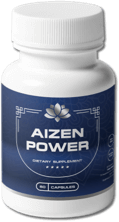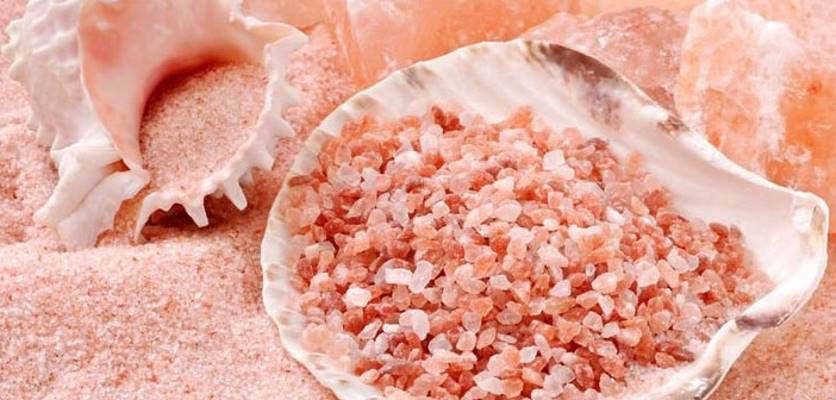This common household item has been present on our tables for centuries, but only recently, its use has been linked to heart disease and hypertension. A diet low in salt is a result of flawed science, and we will explain to you the difference between natural unprocessed salt and commercially available table salt.
Namely, the latter is heavily processed and mostly sodium chloride, with the chemical formula of NaCl. After being “chemically cleaned”, the regular salt gets this unnatural chemical form of salt, present in all preserved foods on the market.
Moreover, scientists also emphasize the importance of the healthy ration of potassium and sodium.
In 1985, The New England Journal of Medicine published an article titled “Paleolithic Nutrition”, which stated that our ancient ancestors received 11,000 milligrams (mg) of potassium daily, and about 700 mg of sodium, which is about 16 more potassium than sodium. Unfortunately, this is not even close to our habits and the Standard American Diet.
-- Advertisement --
Dominate The Male Enhancement Niche Today

On the other hand, experts have discovered that a low-sodium diet has its own consequences on health as well.
Therefore, Himalayan pink salt is the natural solution we need.
Dr.Mercola explains how it is different than other salts:
“* It is the highest grade of natural salt.
* Under an electron microscope, crystal salt has a perfect crystalline structure.
* It is mined by hand and hand-washed.
* Crystal salt is immune to electromagnetic fields.
* Crystal Salt is sourced from pure areas without environmental pollutants.
* There is no limited shelf life and no need for silica packets to prevent clumping.”
This salt contains more than 80 minerals and trace elements, and it is lower in sodium, but higher in potassium in comparison to sea salt. This pure natural salt contains the following trace elements:
- Actinium
- Aluminum
- Antinomy
- Arsenic
- Astatine
- Barium
- Beryllium
- Bismuth
- Boron
- Bromine
- Cadmium
- Calcium
- Carbon
- Cerium
- Cesium
- Chloride
- Chromium
- Cobalt
- Copper
- Dysprosium
- Erbium
- Europium
- Fluoride
- Francium
- Gadolinium
- Gallium
- Germanium
- Gold
- Hafnium
- Holmium
- Hydrogen
- Indium
- Iodine
- Iridium
- Iron
- Lanthanum
- Lead
- Lithium
- Lutetium
- Magnesium
- Manganese
- Mercury
- Molybdenum
- Neptunium
- Nickel
- Nitrogen
- Niobium
- Osmium
- Oxygen
- Palladium
- Phosphorus
- Polonium
- Platinum
- Plutonium
- Potassium
- Promethium
- Protactinium
- Radium
- Rhenium
- Rhodium
- Rubidium
- Ruthenium
- Tantalum
- Terbium
- Thallium
- Thorium
- Thulium
- Samarium
- Scandium
- Selenium
- Silicon
- Silver
- Sodium
- Strontium
- Sulfur
- Uranium
- Tellurium
- Tin
- Titanium
- Vanadium
- Wolfram
- Ytterbium
- Zinc
- Zirconium
According to Dr.Mercola:
“All of the crystal salt’s inherent minerals and trace elements are available in colloidal form – meaning they are in a more absorbable form.
The Crystal Salt from the Himalayas does not burden your body as other salts do. It is very difficult for your body to absorb too much crystal salt since there are powerful and effective feedback loops that regulate this process.
Natural crystal salt always promotes a healthy balance and does not contribute to high blood pressure like typical table salt. Crystal Salt’s array of elements forms a compound in which each molecule is interconnected. “
It is a clean, unprocessed salt type, chemical-free, that offers a myriad of health benefits. Himalayan pink salt will improve heart health, regulate sleep, support libido, and support health in various other ways.
He concludes:
“When it comes to the power of natural salt, nothing compares to Himalayan Crystal Salt.”
Sources and References:
articles.mercola.com
www.nih.gov



[…] This Is What Happens To Your Body When You Eat Pink Himalayan Salt […]